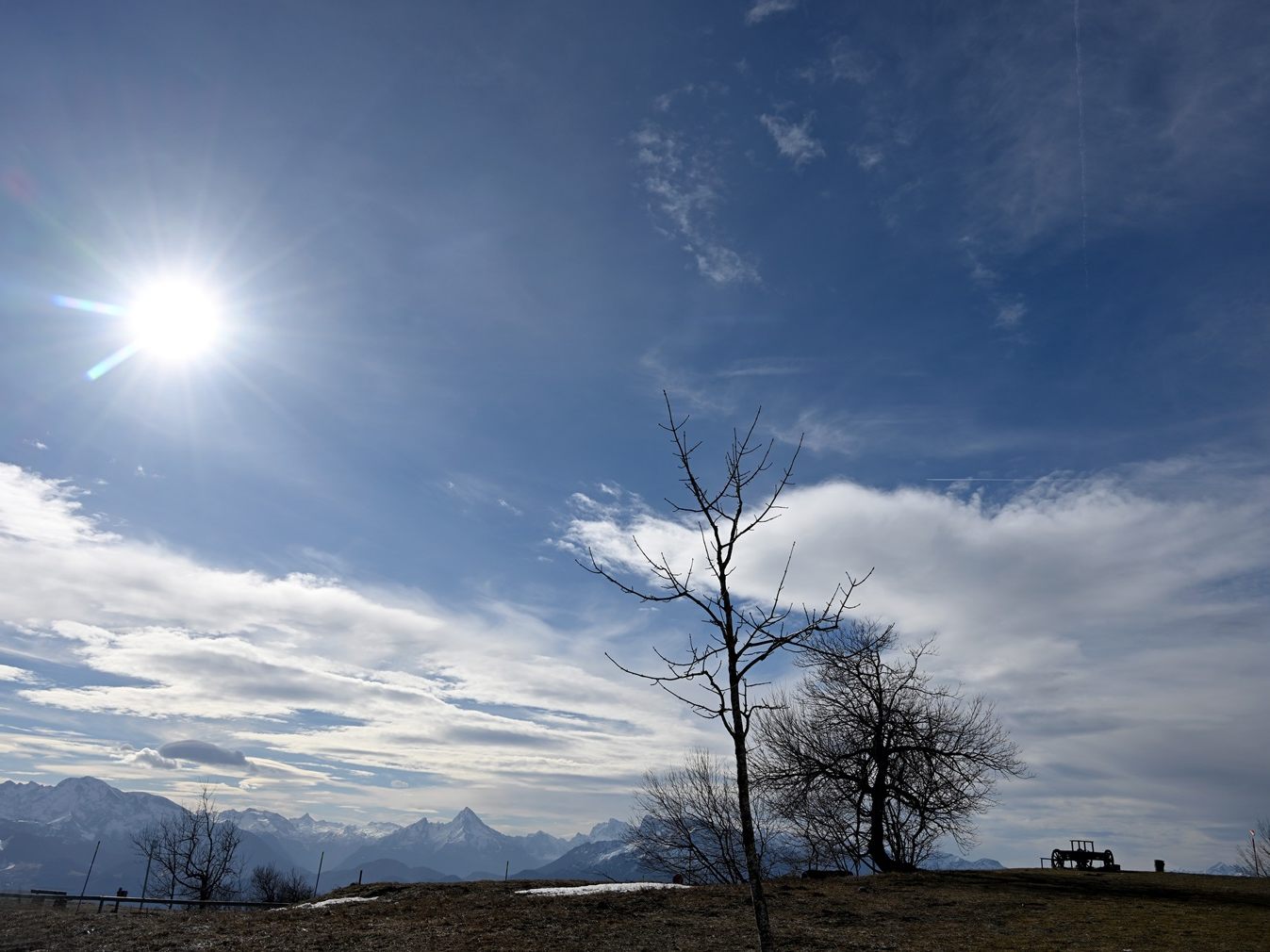This was published on Thursday. In the lowlands of Austria, the temperature was 1.5 degrees above the average of the climate period from 1991 to 2020. In the mountains, it was 1.6 degrees milder, as climatologist Alexander Orlik said. January in the lowlands of Austria was the 22nd warmest start to the year in the 258-year measurement history.

Austria Leaves Mild January Behind
30-01-2025, 13:53
In the mountains, January ranks 23rd among the warmest months in the 175-year mountain measurement series. In the west, north and east, the temperature level in the first two thirds of the month largely corresponded to the course of an average January. However, the last ten days of the month were significantly warmer than the climate average. In the south and southeast, there were repeatedly phases with very high temperatures throughout January. In the high alpine areas of the west and southwest, it was significantly colder around January 12th than is usual for this time of year.
Less Precipitation
Across the entire area of Austria, precipitation levels were 23 percent below the multi-year average. It was last this dry in the first month of the year only in 2022.
However, there were quite large regional differences: regions in the area from Northern Burgenland via Vienna, Lower Austria, Upper Austria and the northern Upper Styria to most of Salzburg were about 25 to 75 percent too dry. In parts of the Weinviertel and in the Rax-Schneeberg region, it was sometimes up to 90 percent less. In East Tyrol, Upper Carinthia and Lungau, as well as at specific points on the Tyrolean main Alpine ridge and in the Rhine Valley, there was about 20 to 120 percent more precipitation than the multi-year average. The leader was the area of the Karawanks with 180 percent more precipitation.
Snow in January
In the low-lying areas of the country, there was little snow this January. At the Vienna Hohe Warte weather station, there was only one day with snow cover in January. In comparison: In the climate period from 1991 to 2020, there were an average of ten days. In Innsbruck, there were six snow days this year (average 18) and in Bregenz five (average eleven). In Klagenfurt, there was only one day with snow cover - the long-term average is 17.
In areas above about 1,000 meters above sea level, however, there was mostly continuous snow cover this year. The amount of fresh snow was, however, in most regions ten to 70 percent below the long-term average.
Differences in Sunshine
There were larger differences in the number of hours of sunshine due to frequent high-pressure weather conditions with sunshine in the mountainous regions and fog in the lowlands. Thus, in most of the mountainous regions, there were ten to 30 more hours of sunshine than in an average January, and in some places even 40 to 50 percent. However, there were about 30 to 50 percent fewer hours of sunshine than the long-term average, especially in the lowlands of Lower Austria, in Vienna, in Burgenland, in places in Upper Austria, and in southern Styria.
(APA/Red)
This article has been automatically translated, read the original article .




